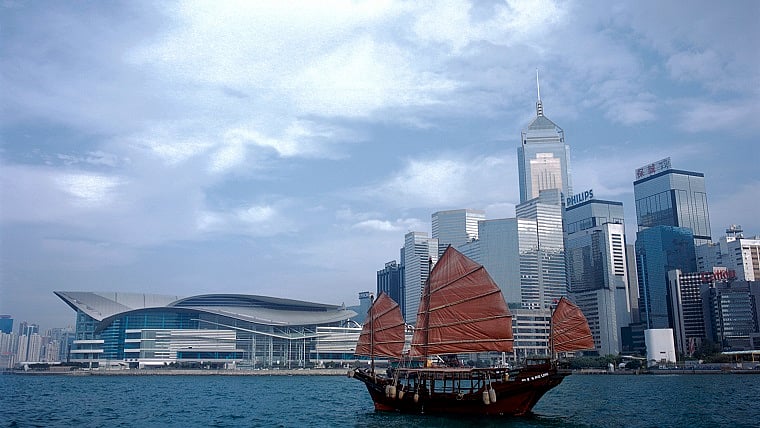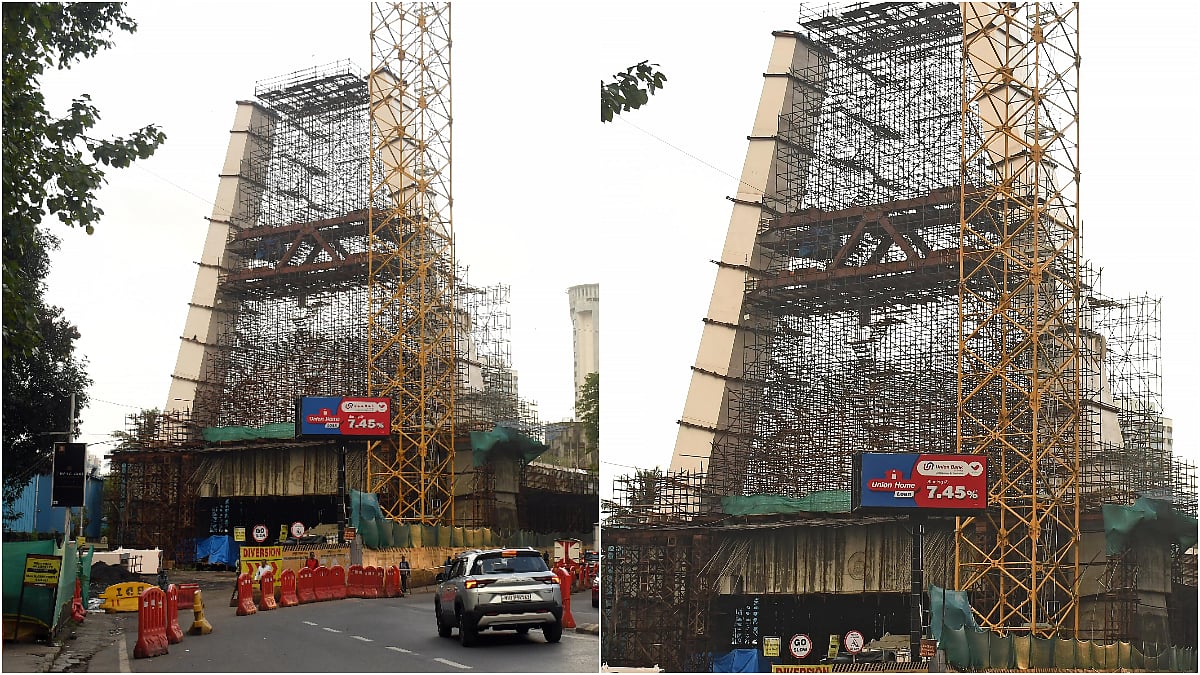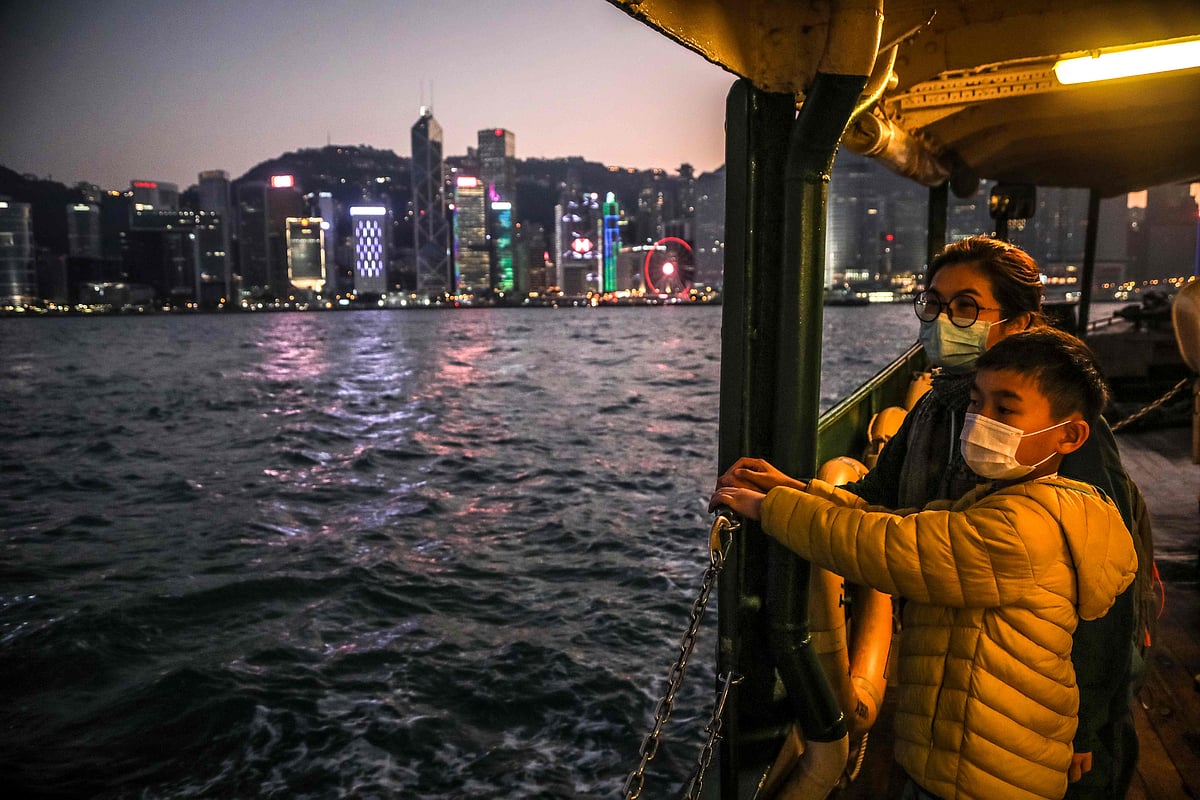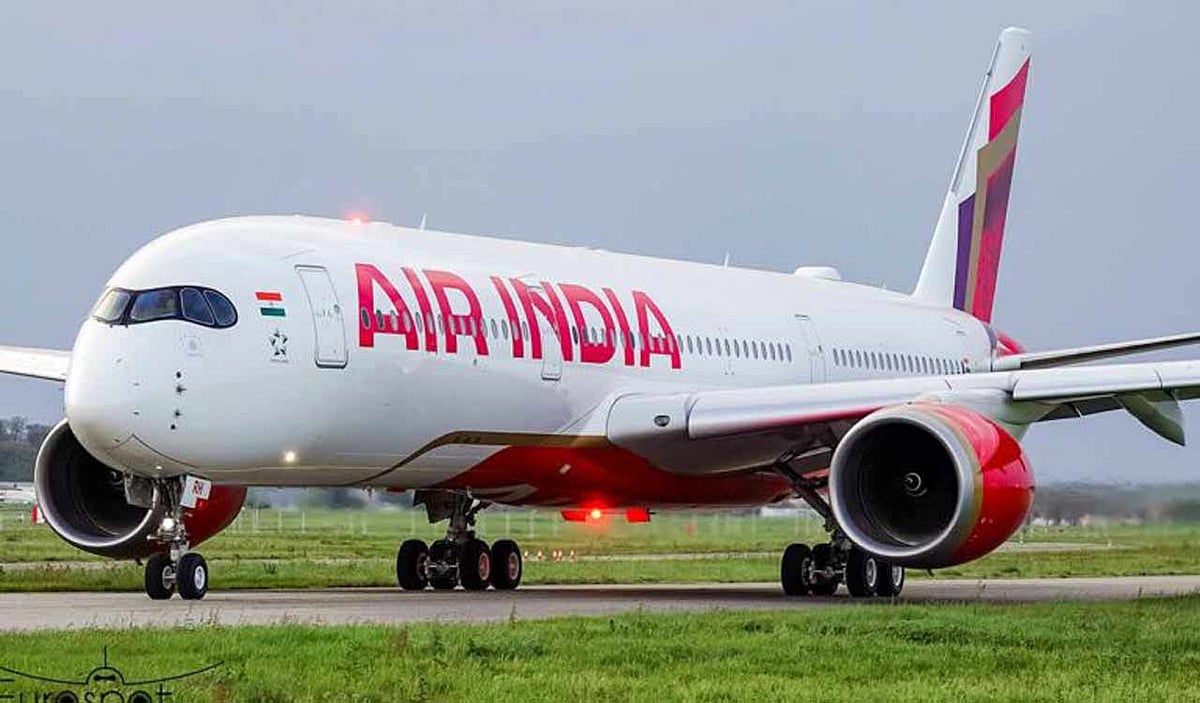In December 2019, the first cases of the novel coronavirus were reported from China. The positive cases in China rose quickly, and has since then spread to 185 countries across the world. According to the live tracker maintained by the Center for Systems Science and Engineering at Johns Hopkins University, over 277,000 people have died, and there have been more than 3.9 million cases recorded. China for its part has wrested the virus under control, but with over 83,900 cases recorded till date along with 4,637 deaths, it isn’t unfair to say that it has not weathered the storm unscathed.
But if one looks at the various parts of the country, different details emerge. Take the Hong Kong Special Administrative Region of the People's Republic of China (HKSAR) – a region that may technically be a part of China, but which has its own governing and economic system. With over 7.4 million people living in a 1,104-square-kilometre region, Hong Kong is one of the most densely populated places around. Additionally, when one looks at a map, it is situated next to the Guangdong province which, after Wuhan, has recorded the maximum number of cases. And yet, the territory of Hong Kong has till date recorded 1,044 cases and 4 deaths, as per the JHU tracker.
Even as early as February, the words ‘Hong Kong Model’ has come up when it comes to tackling the novel coronavirus outbreak. A paper published in The Lancet in mid-April opines that “non-pharmaceutical interventions (including border restrictions, quarantine and isolation, distancing, and changes in population behaviour) were associated with reduced transmission of COVID-19 in Hong Kong”.
Reports suggest that from the time the region recorded its first confirmed cases, people as well as the administration have come together to combat the virus. The region recorded its first case towards the end of January. By the beginning of March, it had recorded around 100 cases. Hong Kong did not go under a complete lockdown as India has done. But the bustling hub opted to shut down its airports and ports for foreign arrivals, and urged people to follow social distancing norms. Here, many contend that the disciplined response of residents as they followed social distancing norms may have played a role in keeping the virus at bay. People were not confined to their homes. Many public spaces were open with reasonable restrictions in place, and if you wanted to go to a restaurant or to the mall you could technically visit. Many places including schools, clubs, gyms, cinemas and parlours however were closed. Interestingly, reports suggest that the restrictions were tightened and relaxed based on the situation and the number of cases. Alongside, they tested people whenever necessary and rigorously traced the contacts of symptomatic people. They also ensured that such people were quarantined strictly.
Technology has been liberally used in the fight against the virus. From using Vapourised Hydrogen Peroxide (VHP) Robots to decontaminate train carriages and station to deploying Intelligent Sterilisation Robots (ISRs) at the Hong Kong International Airport (HKIA) to sterilize germs and viruses using a combination of UV light technology, 360-degree spray nozzles, and air filters – the country has taken many an innovative step. At Chek Lap Kok airport officials have set up a unique full-body disinfection channel facility, and autonomous cleaning robots wander the hallways.
Now, it is needless to say that people will not be travelling for leisure for some time yet. But how exactly does one turn the tide and at the same time ensure that no coronavirus-related harm befalls tourists?
To quote the Chairman of the Hong Kong Tourism Board, “The tourism landscape will be reshaped.”
“In the post-pandemic world, we will see a shift in preference and behaviour among travellers – the public health conditions of destinations, and the hygiene standards of transportations, hotels and other tourism facilities will become a top priority; people will prefer short-haul breaks and shorter itineraries; wellness-themed trips will become a new trend,” says Dr YK Pang. He added that this was an “ideal time” to review and rethink Hong Kong’s position in the global tourism market”.
Amidst the partial lockdown, even as public life as we know it came to a halt, the companies tried to provide entertaining alternatives including virtual art shows. The Art Basel Hong Kong 2020 for example decided to create online viewing rooms showcasing over 2,000 art pieces from 235 galleries from around the world – getting over 250,000 virtual visitors. This virtual trend incidentally has been adopted by many countries, and at present there are virtual world tours, museum tours, online performances galore, if you want some alternatives.
But the fight is not quite over yet. With there being no ‘cure’ for the virus yet, experts continue to look for ways to ward off the threat of a fresh outbreak. In the case of Hong Kong, researchers have been conducting a pilot test to see if it’s possible to apply antimicrobial coating to passenger facilities such as buses, check-in counters and kiosks, toilets and so on. The robotic aid continues as well, and the authorities are looking to use intelligent sterilization robots in toilets, terminals and the like.
The Hong Kong model is not mysterious or unique. But it does go on to prove that a combination of border entry restrictions, quarantine, and isolation of cases and contacts, coupled with social distancing have seen success. While the cases still rose, and the economy shrank, the rather dangerous possibility of a massive outbreak did not materialise.
It’s uncertain whether it can be replicated in every country and city of the world, even in theory. In India for example, there have been far too many cases of lockdown violation to suddenly expect everyone to turn over a new leaf. In such a situation perhaps, a complete lockdown is more effective.
Nonetheless, this is an example to keep in mind, especially when one takes into account the economic fallout the novel coronavirus as a whole, as well as lockdowns can have.













